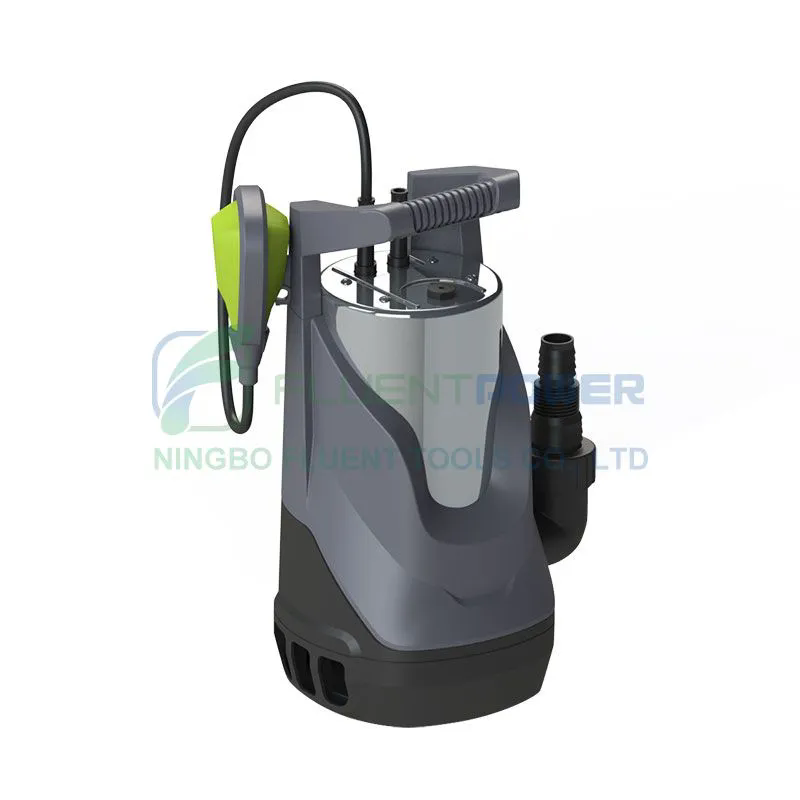Understanding Dirty Water in Stainless Steel Casings: Causes, Impacts, and Solutions
2024-10-16
Stainless steel is renowned for its durability, resistance to corrosion, and hygienic properties, making it a popular choice in various applications, from kitchenware to industrial equipment. However, despite its many advantages, stainless steel casings can sometimes harbor dirty water, leading to a range of issues, particularly in food and beverage processing, pharmaceuticals, and other sensitive environments. In this blog, we'll delve into the causes of dirty water in stainless steel casings, its potential impacts, and effective solutions to mitigate this problem.
Causes of Dirty Water in Stainless Steel Casings
1. Contamination from External Sources
One of the primary reasons for dirty water accumulation is contamination from external sources. This can occur through various means, such as:
- Poor Sanitation Practices: Inadequate cleaning and sanitizing of equipment and surfaces can lead to the buildup of dirt, debris, and microorganisms that may enter the casing.
- Environmental Factors: Dust, soil, and other contaminants from the environment can find their way into the system, particularly in outdoor settings or during maintenance activities.
2. Internal Corrosion
While stainless steel is resistant to rust, it is not entirely impervious to corrosion. Factors that can lead to internal corrosion include:
- Chloride Exposure: High levels of chlorides, commonly found in certain water sources, can cause pitting corrosion in stainless steel.
- Low pH Levels: Acidic conditions can erode the protective oxide layer of stainless steel, leading to corrosion and contamination.
3. Improper Drainage
Poor drainage systems can contribute to water accumulation in stainless steel casings. This can happen due to:
- Clogs and Blockages: Accumulated debris or sediment can block drainage pathways, causing water to stagnate and become dirty.
- Design Flaws: Inefficient design in the casing or drainage system can hinder proper water flow and drainage.
4. Chemical Reactions
Certain chemicals used in cleaning or processing can react with stainless steel, leading to discoloration and contamination. For instance:
- Reactive Cleaning Agents: Some aggressive cleaning agents can damage the stainless steel surface, resulting in corrosion and contamination.
- Chemical Residues: Improper rinsing after cleaning can leave residues that may react with water, causing dirty water accumulation.
Impacts of Dirty Water in Stainless Steel Casings
1. Health Risks
In applications where hygiene is critical, such as food processing or pharmaceuticals, dirty water can pose significant health risks. Contaminated water may lead to:
- Foodborne Illnesses: Bacteria and pathogens can thrive in dirty water, posing a risk to consumers.
- Product Contamination: Products may become contaminated, leading to safety recalls and loss of consumer trust.
2. Equipment Damage
Dirty water can cause significant damage to stainless steel casings and associated equipment. This may include:
- Corrosion and Degradation: Prolonged exposure to dirty water can lead to pitting, rust, and ultimately, structural failure.
- Increased Maintenance Costs: Equipment requiring frequent repairs or replacements due to dirty water issues can lead to increased operational costs.
3. Operational Inefficiencies
Dirty water can hinder production processes, leading to inefficiencies such as:
- Downtime: Equipment malfunctions or cleaning downtime can disrupt production schedules.
- Reduced Product Quality: Contaminated water can affect the quality of the final product, resulting in increased waste and rework.
Solutions for Managing Dirty Water in Stainless Steel Casings
1. Regular Cleaning and Maintenance
Implementing a routine cleaning and maintenance schedule is crucial for preventing dirty water accumulation. This includes:
- Sanitizing Equipment: Regularly sanitize stainless steel casings and surrounding areas to eliminate contaminants.
- Inspecting for Corrosion: Regularly inspect casings for signs of corrosion or damage and address issues promptly.
2. Improving Drainage Systems
Ensuring that drainage systems are efficient and effective can significantly reduce dirty water accumulation. Consider:
- Regular Drainage Maintenance: Clean and inspect drainage pathways to prevent blockages.
- Design Improvements: Evaluate the design of your drainage systems to enhance water flow and prevent stagnation.
3. Choosing the Right Cleaning Agents
Select cleaning agents that are compatible with stainless steel and avoid aggressive chemicals that may cause damage. Look for:
- Non-Reactive Cleaners: Use pH-neutral or non-reactive cleaning agents that won’t harm stainless steel surfaces.
- Thorough Rinsing: Ensure all cleaning agents are thoroughly rinsed from surfaces to prevent residue buildup.
4. Water Quality Monitoring
Monitoring the quality of water used in processes can help identify potential issues before they escalate. Implement:
- Regular Testing: Test water for contaminants and adjust treatment processes as necessary.
- Filtration Systems: Consider installing filtration systems to ensure clean water is used in operations.
Conclusion
Dirty water in stainless steel casings is a significant concern that can lead to health risks, equipment damage, and operational inefficiencies. Understanding the causes and impacts of this issue is the first step toward effective management. By implementing regular cleaning and maintenance, improving drainage systems, choosing appropriate cleaning agents, and monitoring water quality, businesses can mitigate the risks associated with dirty water and ensure the longevity and reliability of their stainless steel equipment.



